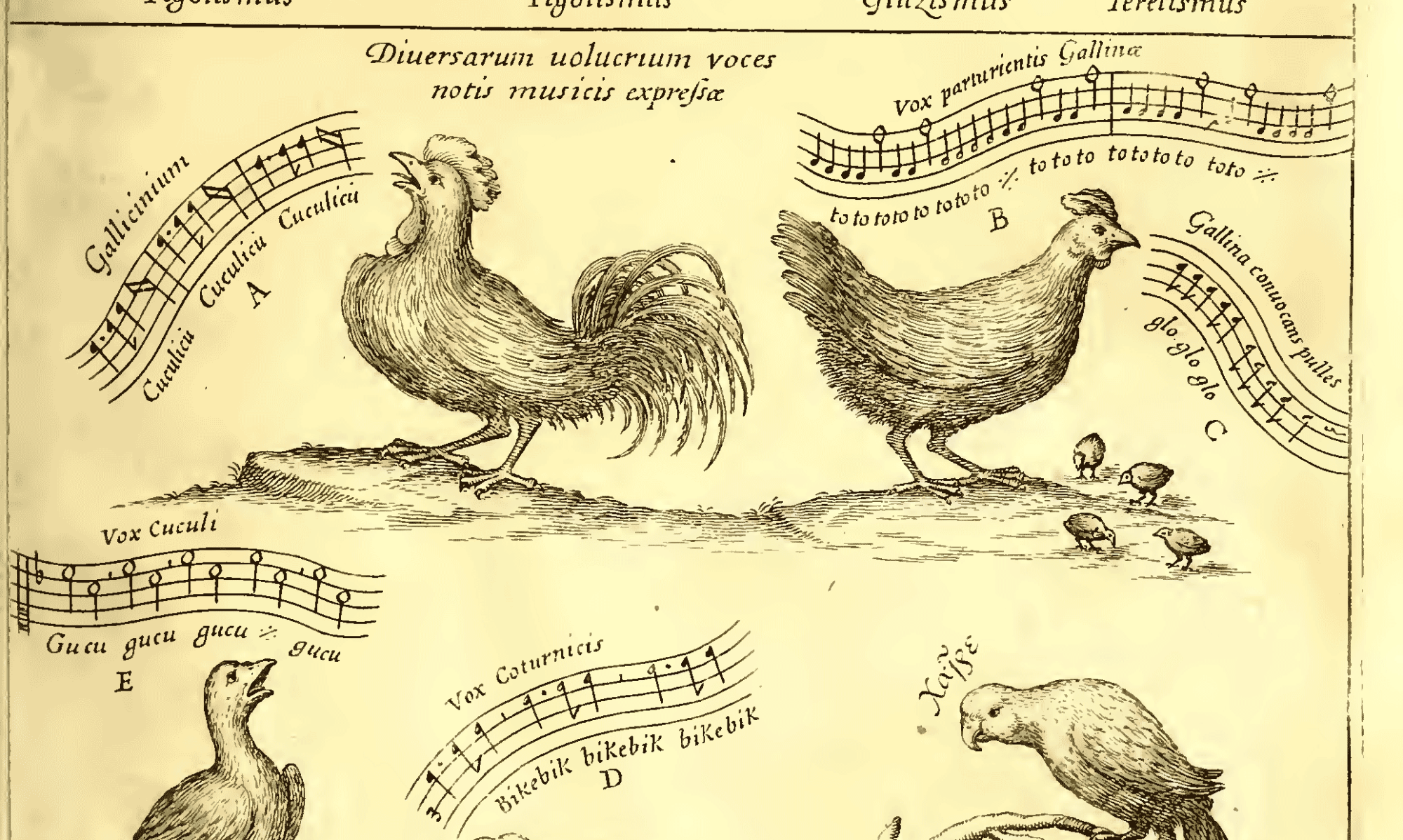ANG: rumba; NEM: Rumba, Rhumba; FR: rumba; IT: rumba.
ET: V kubanski španščini = izzivalni ples, iz španskega rumbo = čarovnija z rokami, nakit, sijaj, izziv, iz lat. rhombus = romb, krog, čarobni krog, iz grš. rhómbos = enako, iz rhémbesthai = vrteti se v krogu (‹DUD›, 603, 592).
D: »(Naziv za) afrokubanski … ples in glasbo, ki ga spremlja. Obstaja nekaj podvrst rumbe (npr. guadanco, yambu, columbia), ta pa, čeprav svetna, vsebuje elemente duhovne glasbe afriškega porekla. Izvaja jo vokalni solist in zbor s spremljavo dveh ali treh bobnov kongov (nizkouglašena tumba, pogosto segundo in visokouglašeni quinto), par lesenih palčk (palitos, cascara) s katerimi se tolče po leseni površini, in včasih claves. Rumba se začne s kratkim uvodom (diana ali llorao), kateremu sledijo improvizirani verzi. Obe ♦sekciji♦ (D 1) sta za solo pevca in za zbor, ki poje refren. Tretja in končna ♦sekcija♦ (D 1) je responzorialno izmenjevanje solista in zbora. Rumba je postala mednarodno znana v tridesetih letih, ko so jo sprejeli in predelali popularni kubanski urbani ansambli.« (‹RAN›, 720–721)
KM: NEM zapisovanje s h-jem (»Rhumba«) se navaja v ‹BKR›, IV, 77, in v ‹RL›, 882. Vendar takšno zapisovanje ne obstaja niti v ‹L›, 486, niti v ‹P›, 283.
GL: ♦beguine♦, ♦cha-cha-cha♦, ♦mambo♦, ♦popularna glasba♦, ♦zabavna glasba♦.
‹BASS›, IV, 172; ‹GR6›, XVI, 329; ‹HI›, 401–402; ‹HK›, 335; ‹KN›, 179; ‹L›, 486; ‹LARE›, 1365; ‹MELZ›, III, 244; ‹RIC›, IV, 78
